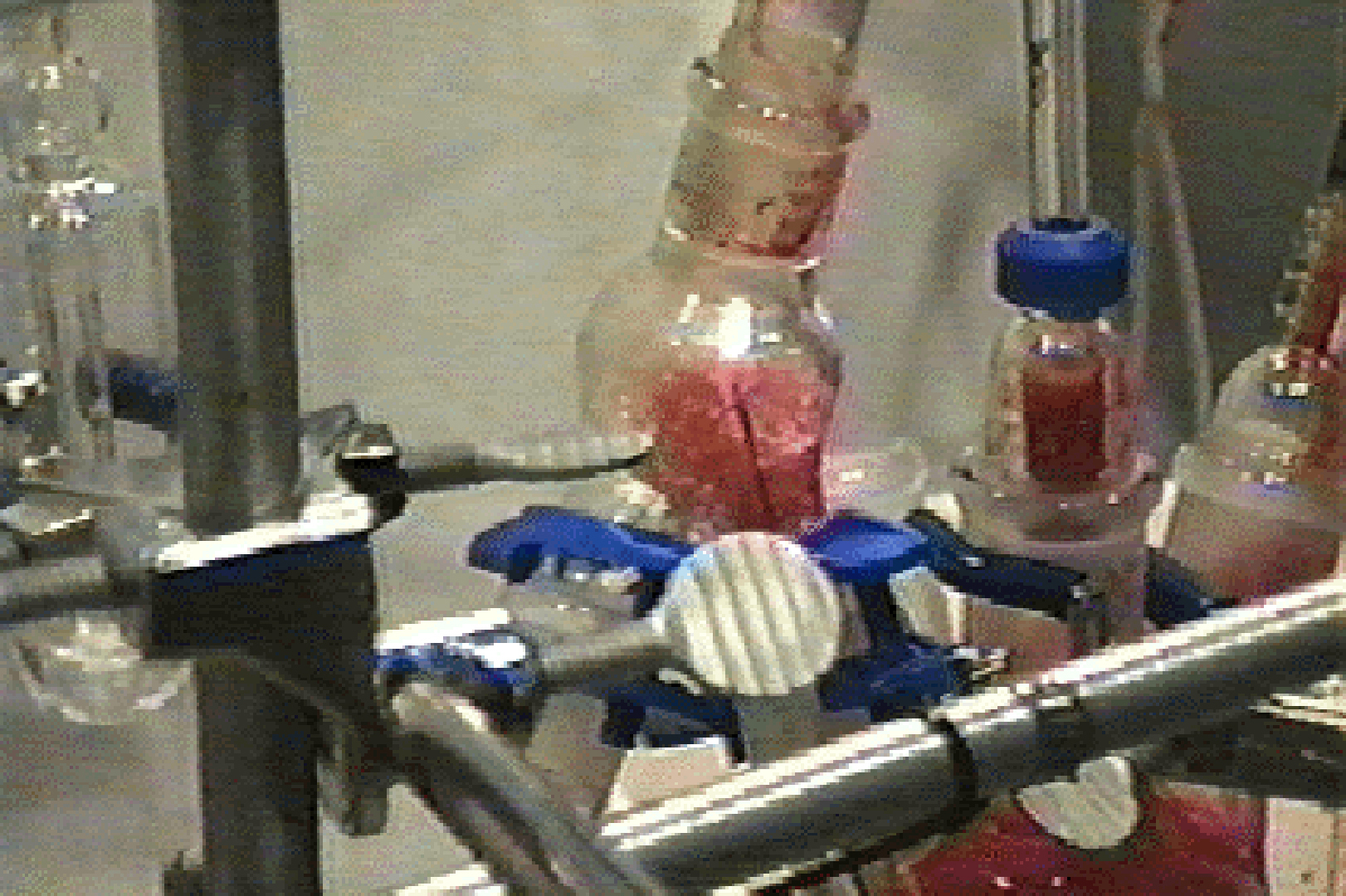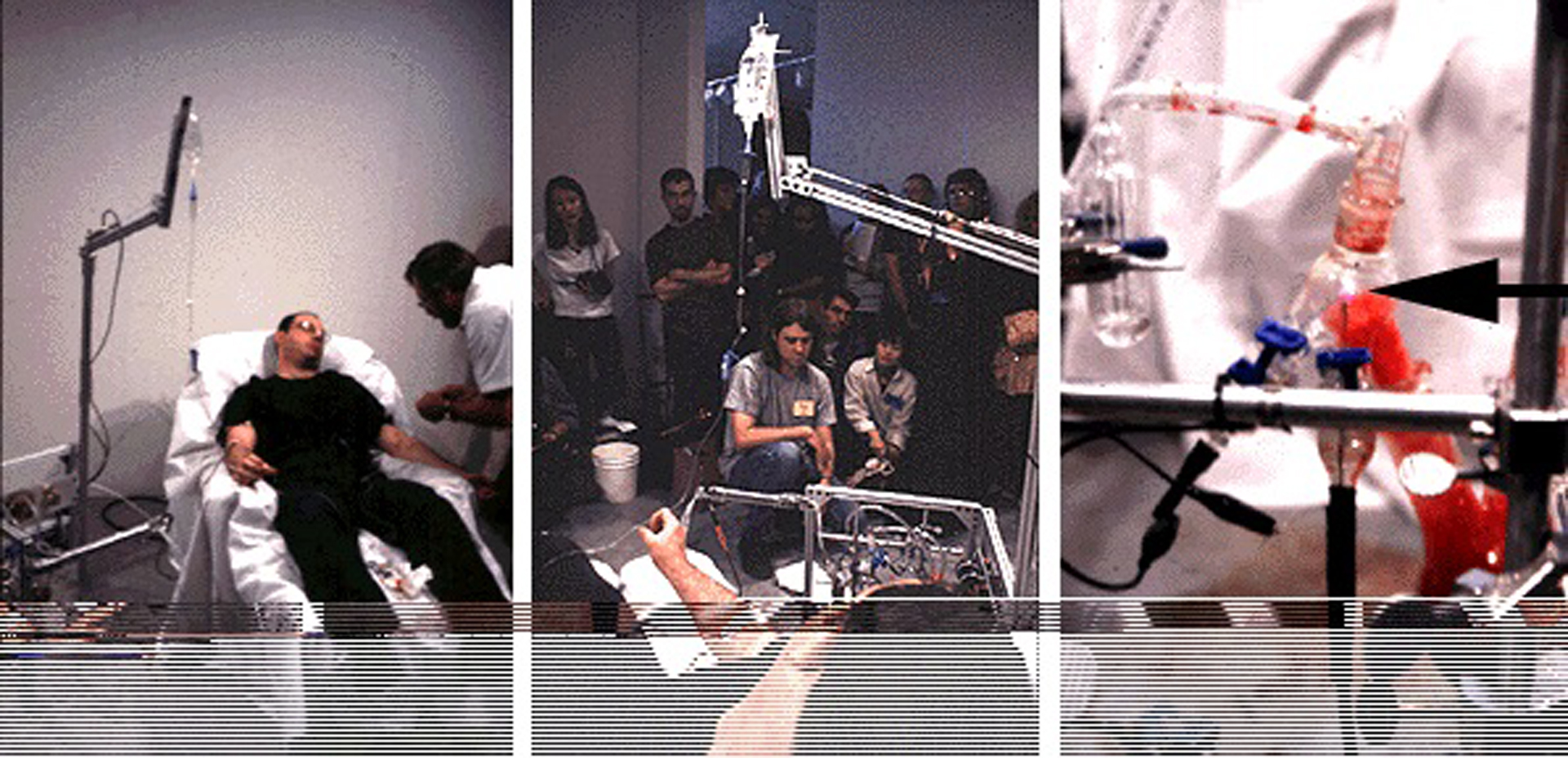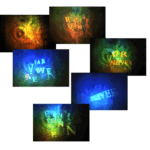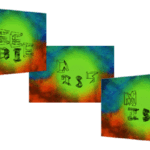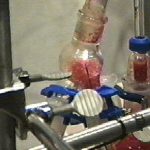Eduardo Kac, Ed Bennett: A-Positive
Title:
Artist(s) and People Involved:
Exhibiting Artist(s):
-
Eduardo Kac
-
- School of the Art Institute of Chicago (SAIC)
-
Ed Bennett
-
- School of the Art Institute of Chicago (SAIC)
Symposium:
Artist Statement:
This piece explores the delicate relationship between the human body and the emerging new breed of hybrid machines that incorporate biological elements or from those elements extract sensorial or metabolic functions. The piece creates a dialogical situation in which a human body and a robot — a biobot — have physical direct contact via an intravenous needle connected to clear tubing and feed one another in a mutually nourishing relationship. In A-positive, viewers see a human and a robot in the same space, close to one another. A phlebotomist proceeds to insert the needle in the donor’s right arm, and to start the blood flow from the donor to the biobotic arm. As enough blood reaches the biobot via a thin flexible tube, the biobot takes it in and responds by making a glucose-saline solution available to the donor and allowing gravity to start the flow of nutrients to the human body. The phlebotomist inserts the needle in the donor’s left arm to enable the donor to receive the solution. Once the blood flow becomes steady, the biobot extracts oxygen from the blood and uses it to support a very small and fragile flame.This delicate flame is meant as a vital symbol. When the blood flow is stopped — as a consequence of the transfusion having reached the recommended limit — the biobot stops and the small flame dissipates.The event is concluded. In A-positive, the human body provides the robot with life-sustaining nutrients by actually donating blood to it; the biobot in turn accepts the human tissue and from it extracts enough oxygen to support a delicate flame, an archetypical symbol of life. In exchange, the biobot donates nutrients needed by the human body, which accepts them intravenously. The conceptual model created by the work is far from conventional scenarios that portray robots as slaves that perform difficult, repetitive or humanly impossible tasks; instead, as the event unfolds the human being gives his own tissue to the biobot, creating with it a symbiotic exchange. This two-node network proposes that emerging forms of human/machine interface will penetrate the sacred boundaries of the flesh, with profound cultural and philosophical implications.The problem of artificial life has been explored so far mostly as a software-based issue. A-positive gives material expression to the artificial life concept, further blurring the lines that separate real (physical) and artificial (virtual) organisms. The increased presence of electronic and computational devices inside the human body and the accelerated investigation of biological directions for robotics and computer science suggests that the gaps are being slowly narrowed beyond what we might be willing to admit or perhaps accept. In this sense, one might speak of the ethics of robotics and reconsider many of our assumptions about the nature of art and machines in the biobotic frontier.

